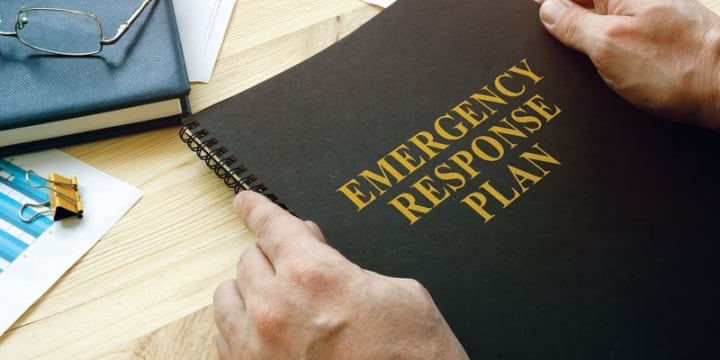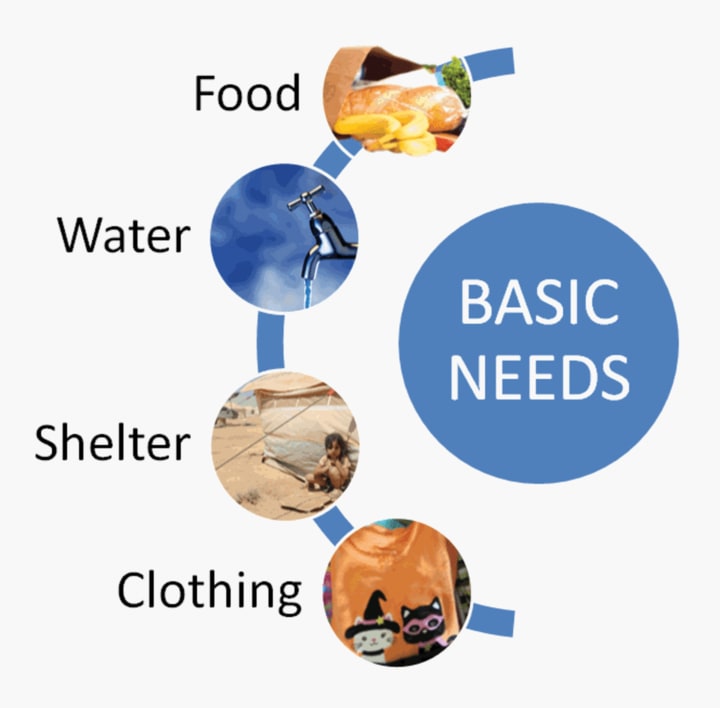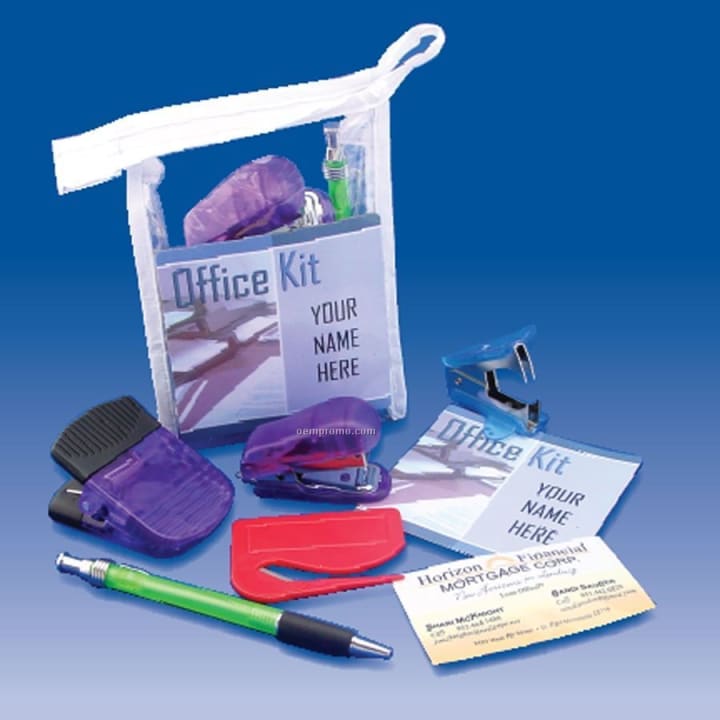Disaster In The Workplace
Surviving In An Office Building

Office buildings are a common sight in the city. Its primary purpose is to provide a workplace for administrative and managerial workers. These workers occupy a set area that provides them with the supplies and space to complete their jobs. In an average office building, there can be 4,000 employees on each floor. Office work makes up 59% of the employment industry. Now with work-from-home mandates ending, 90% of those employees will be returning to the office by the end of the year. Here is how you can survive a disaster while in an office building.
Early Prevention

The best way to survive a disaster at the office is with a little pre-planning. Know what disaster commonly occurs in that area, and focus on that. Have a plan in place to keep the essential departments up and running. Make a list of threats that exist in your supply chain to have these issues resolved before they can happen. Be familiar with what the business insurance covers and what it doesn’t. Consider alternative means of communication with others in the building in the event the main line goes down. Put a copy of your well-crafted disaster plan on each floor within easy reach of all employees.
Ensuring Your Basic Needs Are Met

Once the disaster has passed, you’ll need to hunker down somewhere until the roads are clear enough for you to drive on. Dust masks, which are used by construction workers, can help you breathe through all the debris floating around. Have enough on hand to replace them every 4-6 hours for at least two days. Keep a pair of comfortable sneakers under the desk in case you have to flee on foot. If the building is still standing, use that as your shelter. If the structure is compromised, then switch shoes and head towards the nearest emergency shelter. Your break room, meeting room, or lobby may have snacks and bottled water available.
When Evacuating

If you are told that the situation is too bad and you must evacuate to do so as soon as possible. Follow your company’s procedure when it comes to evacuating the building unless told something different by first responders. If there is none, then talk to your HR Department about establishing one. Make sure the emergency lights, sprinklers, and alarms are all working. Make sure the signage is in place where it is supposed to be. Never take the elevator as they often stop working in a disaster. Keep the stairwells clear.
Conducting Drills

Executing disaster-specific drills is a good way for your floor to be disaster-ready. Have a meeting spot outside the building that will serve as your floor’s meeting spot. Assign one person per department, usually the head or the manager of that department, to keep track of their team to make sure everyone is out of the building. When the alarm sounds, leave the building as quickly and calmly as possible. Do NOT all charge at the door, as this often makes the situation worse for everybody. When over, gather up all the department heads, or managers, to discuss what went well and what needs to be fixed.
Personal Disasters

Keeping a small office kit on hand for the little everyday messes that could negatively affect your life is a great idea. A sewing kit for the popped button or torn hem. Hygiene items like a brush/comb, toothbrush, toothpaste, flossers, and deodorant can help you spruce up before that big last-minute meeting. Salt, pepper, your favorite seasoning and condiment packets, and napkins for lunch-related emergencies. A blanket and a small pillow to make sleeping in the office more comfortable. Other items to include, but not limited to:
- A flashlight with extra batteries
- A portable radio
- An extra phone charger
- Tissues
- Lotion
- Ibuprofen
- Eyeglass repair kit
About the Creator
M.L. Lewis
Welcome to my little slice of pie. This blog will primarily focus on prepping and homesteading skills with a sprinkle of fiction every now and then.
Enjoyed the story? Support the Creator.
Subscribe for free to receive all their stories in your feed. You could also pledge your support or give them a one-off tip, letting them know you appreciate their work.






Comments (2)
good article!thanks for your share! online course platform http://www.meeloun.com/
This might come in handy for many of us. Thank you so much for sharing this!